Health matters: What medical experts think about NHL's return-to-play plan
Hockey is back - sort of.
In late May, the NHL unveiled a four-phase return-to-play plan with the hope of resuming and completing the 2019-20 season, which has been paused for three months because of COVID-19. This week, teams opened facilities across North America as the league officially moved into Phase 2, which is centered around on-ice workouts for groups of six players or less. Full-team training camps are set to open July 10, though dates for the start of games have yet to be determined.
There's been significant progress, but there are plenty of milestones to reach. We don't know which two of the 10 potential hub cities vying for hosting privileges will be chosen. We don't know what kinds of health and safety measures will be enforced by the NHL in Phases 3 and 4. We don't know how the coronavirus will continue to affect North America over the coming weeks, and how those trends might affect the NHL's plans. And so on.
To explore these issues and more, theScore solicited the perspectives of five experts from the fields of epidemiology, infectious disease, and virology:
- Zachary Binney, epidemiologist and assistant professor at Oxford College of Emory University
- Gretchen Snoeyenbos Newman, infectious disease doctor at the University of Washington
- Earl Brown, professor emeritus of virology at the University of Ottawa
- Jill Weatherhead, assistant professor in infectious disease at Baylor College of Medicine
- Michael N. Teng, associate professor in the department of internal medicine at the University of South Florida
Their thoughts, which they shared in separate conversations over the past week, have been condensed and edited for clarity.
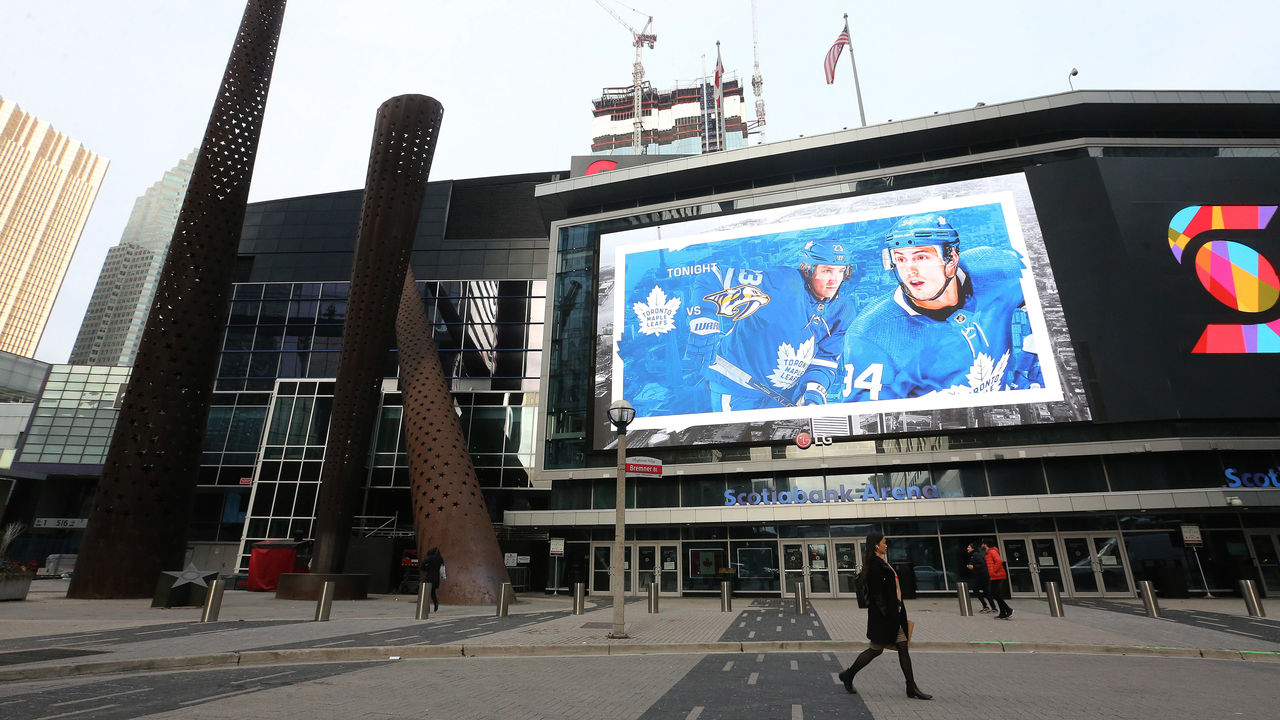
theScore: How would you go about choosing a hub city if you were the NHL? What kinds of factors and variables would you prioritize?
Binney: From a health perspective and a COVID-19 perspective, it's a really difficult choice because I think you have two forces that are almost exactly opposed. One is a city that's going to let you actually pull this off - bring 12 teams to their city and play professional sports games - and then you also want an area that is going to keep the virus relatively contained and not let an outbreak get to the explosive point where, for example, their healthcare centers are being overwhelmed and they would have to shut a whole lot of things down, including the NHL. Those two forces are at odds, I think, particularly in the U.S., where the response to COVID-19 has unfortunately taken on a strong political element - the places most likely to say, "Yeah, sure! Come on down!" are also the places likely to have the loosest regulations.
Snoeyenbos Newman: There's three domains against which you want the city to be ready. The first: You want to pick a city that has low prevalence and that has been low prevalence for a while. (The Centers for Disease Control and Prevention) has guidance about that. It's less than 10 infections per 100,000 people. You want that to be a stable number (for at least two-to-three weeks). The second thing is testing capacity. You need a city that has a lot of excess capacity because the NHL plan involves a lot of testing, which I think is appropriate. The third thing is hospital capacity. That is important for the (chosen city), not just because you want it for your players and (staff) but also you don't want any - hopefully small - outbreaks within the NHL to really pull capacity away from what's needed.
Brown: I think you run into the problem where the cities with the greatest facilities and support are often hubs that bring in a lot of people. So that becomes a wild card. Las Vegas? Everybody goes to Las Vegas. I'm just not sure that's the way you want to think, even though it's got all the amenities and can handle people. So you run into this conflict where the best people-handling places are often the highest-risk places because this is an infectious disease and the question is, who's got it, and who brings it in? And then it spreads. Everybody's trying to get a grip on it, but that's your conflict, I think. Ideally, you'd like to have a place in the desert or the Arctic where nobody goes to so you can show up (alone). But then there's no amenities, right?
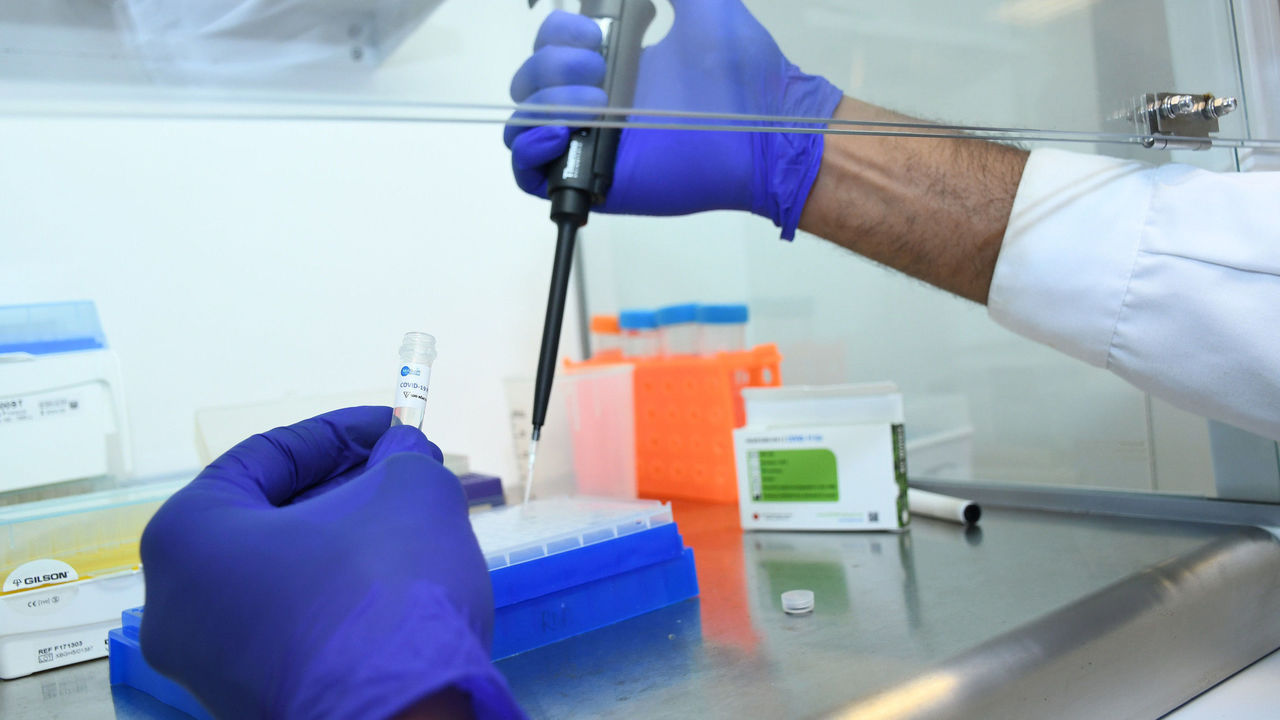
theScore: Are the NHL's health guidelines - namely what we read in the the extensive Phase 2 protocol memo - rigorous enough to keep players and staff safe?
Snoeyenbos Newman: I was impressed by the Phase 2 plan. They have both the specificity - in terms of what they're asking for, with testing and quarantining - as well as a very detailed plan, that is sport-specific, (that lays out) how they're going to do voluntary training. I think that the thing I really appreciate about it is not only the specificity and the fact that they've really thought through what it will look like, but also the language they've included about flexibility.
The most important thing that we can say about the coronavirus is that we have to be able and willing to rapidly respond to changing epidemiology in the location where you are. I think planning is great, I think moving forward is great, as long as it's appropriate in the very local public health context that you're in. The most important thing any organization can do, and what I think is inherent in this NHL plan, is being really ready to respond to change. Because this is a virus that can move very, very quickly, and so things can look very different a week after today.
Brown: I was impressed that they said every team has to have a liaison person who is in charge of their biosafety or public health protocol. They're going to have someone who's responsible for every team, so every team has to sign off all the time, saying, "Yeah, we're doing it right. We're not getting problems, we are actually distancing, and not having contact outside. Everybody has stable temperatures and no symptoms."
Weatherhead: The NHL proposal for Phase 2 opening is comprehensive and addresses issues related to social distancing in a sport that requires significant contact, cleaning and disinfecting within shared spacing, and testing strategies. However, as outlined in the proposal, access to testing may be limited and risk factors for players may be impacted by local transmission dynamics. It will be critical to have active surveillance programs, increased access to testing without impacting local supply, rapid contact tracing, and medical care without impacting local resources and strict adherence to the proposal across all locations.
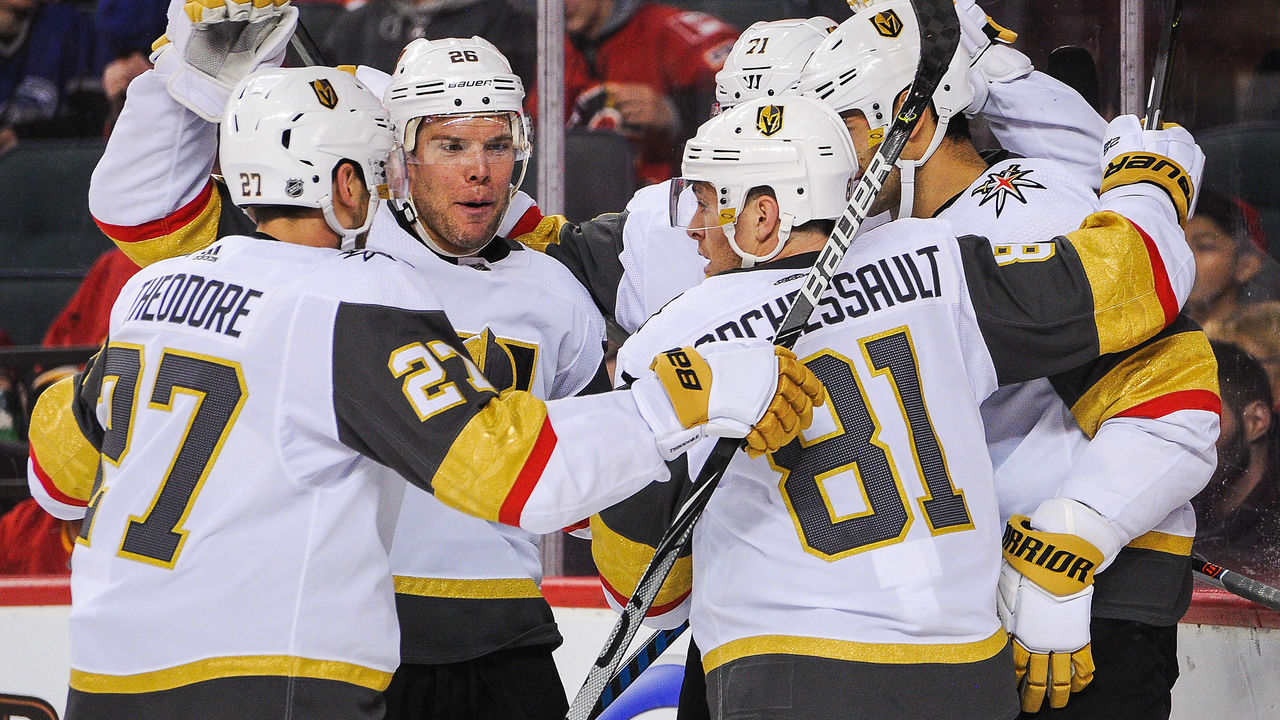
theScore: What types of red flags in Phases 2 and 3 of the NHL's return-to-play plan would have to arise for you to be concerned about the viability of holding a 24-team tournament?
Binney: You're going to have to watch out for two things. One is clusters of cases on the same team. If you start seeing three or four guys who are sick at the same time, even with daily testing, that would really worry me. You would probably want to shut that team down for two weeks. What does that do in terms of their practice schedule and their ability to get started again and stay on schedule with the rest of the NHL teams? I don't know. But that's something I'd be worried about.
Another thing I'll be on the lookout for is any explosive outbreak or signs of overwhelming a healthcare system in the hub cities that are chosen. That would obviously disrupt everything massively. Unless you have a backup hub, I'm not sure how the NHL would be able to recover from that. I would also be worried about an explosive outbreak within any team and any city having training camp. That could be shut down - and even if it isn't shut down, you could argue that they really should be keeping players and staff at home as much as possible, both to contribute to public health and to reduce the chance that they get sick if you have a lot of cases floating around. That's going to have to be a decision that each team makes and is prepared for.
Brown: You want to start clean and stay clean of the virus. You want to know that nobody is coming in (from outside the team bubble). If you've got cases during training camps, you would be very concerned. That would be cause for pause.
Weatherhead: Once they get to that Phase 3 stage, where there's a lot more contact between individuals - both physical contact and the sheer number of people who are coming together - (the whole return-to-play plan will be challenged). We know the more people in a closed, contained setting, the higher the likelihood of transmission of this infection because it's a respiratory disease transmitted through respiratory droplets. You have to be in close contact with another person in order to get this infection, so the more you're spread out during this Phase 2, with fewer people, it's less likely there is going to be transmission. If you're seeing that transmission and you're seeing players pop up positive, that's got to be a red flag. Once you introduce more players coming from multiple different areas, that could be very dangerous in terms of facilitating the spread of the infection.
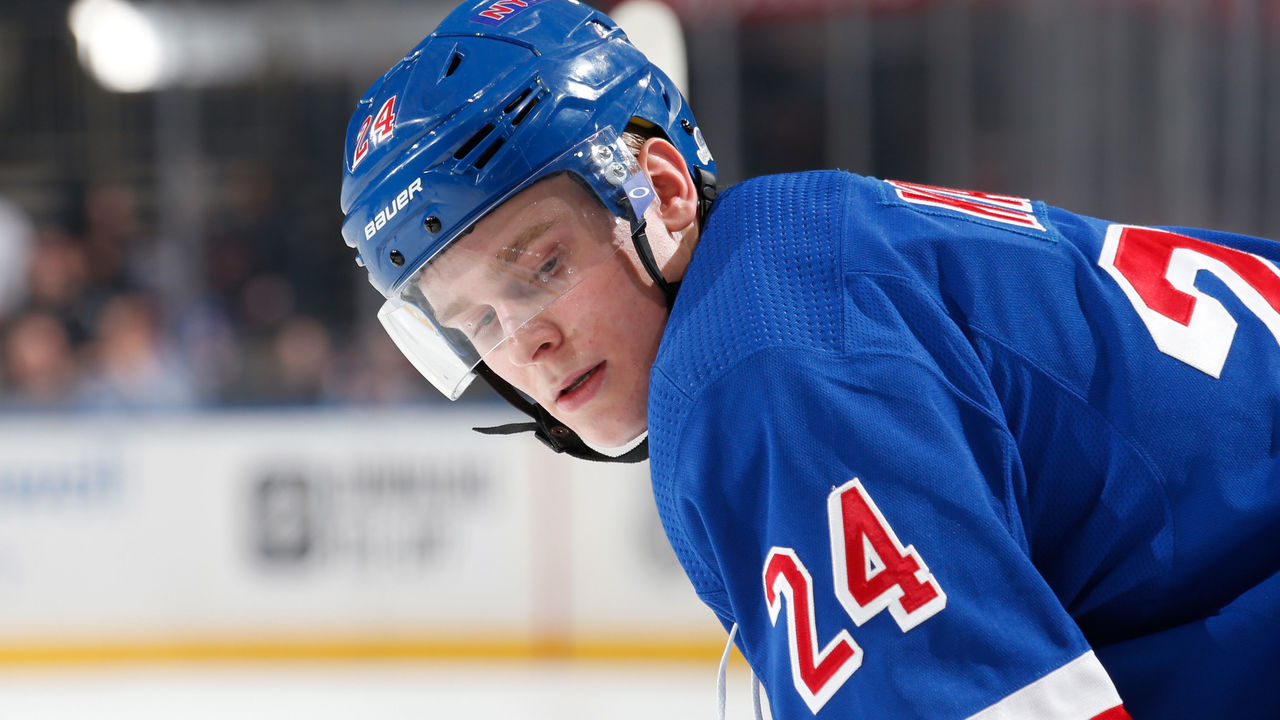
theScore: What additional precautions can be taken by NHL players and staff who have underlying health issues? For example, Max Domi and Kaapo Kakko both have diabetes.
Weatherhead: This is the exact problem, because we know that most (NHL-related) individuals are not going to have a major problem with this infection. Most young adults will have mild to moderate symptoms from the coronavirus. It's the other people who have underlying conditions that are going to be at risk. It's not that they're more likely to get the infection, but they're more likely to have more severe outcomes because of the infection.
It's really the responsibility of everybody involved, not just those individuals with underlying health issues, (to care). That means everybody's wearing a mask, that means everybody's following the cleaning and disinfecting rules, that you're staying apart as much as you can, and if you're sick, that you're staying home and reporting your symptoms.
Teng: The major way people are getting infected is through droplet transmission when people are talking or singing or shouting at each other. So what you really need to do is get these small particle masks - these N95s - and some sort of protection for your face. Not necessarily a face shield, but at least some sort of eye protection like goggles or glasses or something like that, to stop droplets from getting into your eyes. Touching surfaces, you have to wear gloves as well.
Binney: Beyond daily testing and the steps that everybody should be taking - like wearing masks when you're not on the ice and washing your hands and not gathering in locker rooms or showers or anything like that - I don't know if there's a lot of extra steps that I would recommend if you're really worried about getting sick other than staying home.
If you're not comfortable with the steps that everybody else is taking, then there's not a whole lot that you can do to protect yourself. I think that clubs need to continue to pay anybody with a good fear and a good reason why they are at a higher risk of a bad outcome if they get COVID. I think that those people need to make individual risk decisions, and I don't think it should have financial consequences for them.
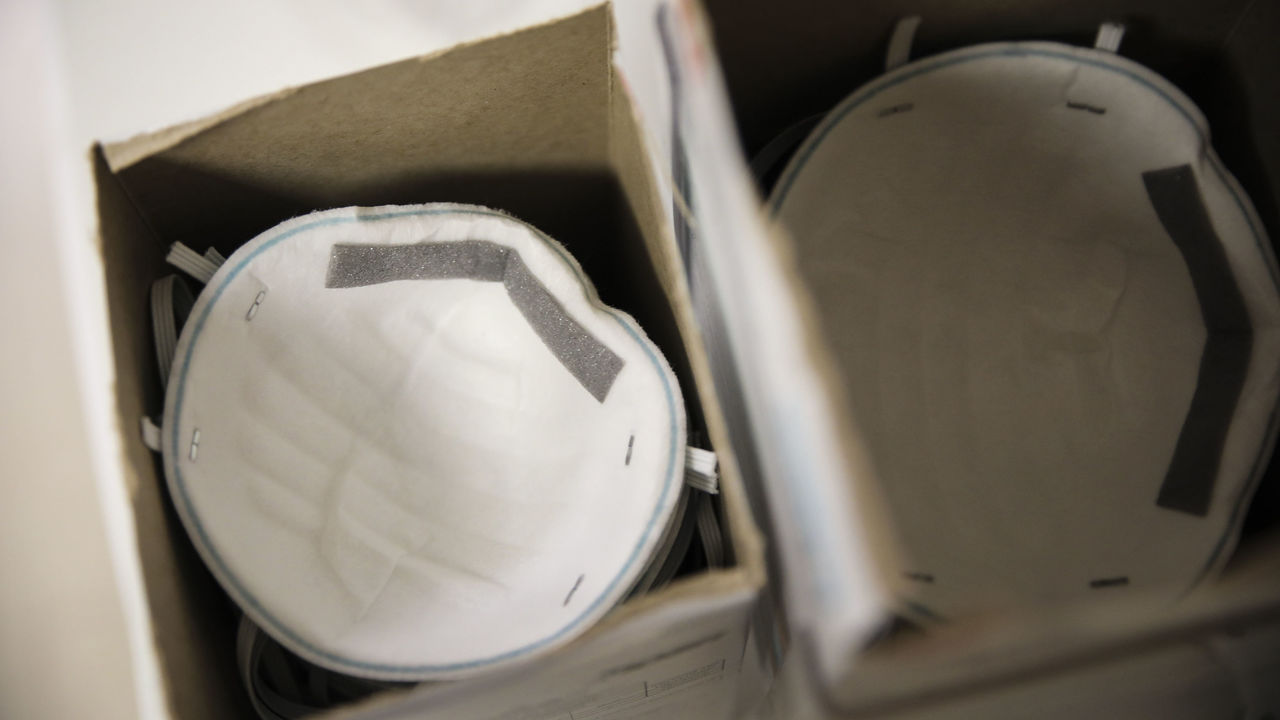
theScore: Given the current state of the coronavirus and the availability of testing, and future projections for both, are you optimistic the NHL can bring back games in an ethical fashion this fall?
Snoeyenbos Newman: I don't know. Part of the real challenge in answering that is that you're asking me to answer a national and - when we include Canada - international question about a process that's being managed at a local level. I think we're really asking: Can every single city and training site before the hubs do that ethically? And then at the hubs: How have they been chosen? Do they have the capacity? Are they able to do the things that are necessary? Those are very - unfortunately, I think - hyper-local, hyper-specific questions.
And we also don't know what will happen with reopening. I think that, so far, fingers crossed, in many places that are in Phase 1 (of community reopening) or modified Phase 1 and trending towards Phase 2 reopening, we have not seen large spikes. But that doesn't mean it's not going to happen. I would say I am very cautiously optimistic about where we'll be by the end of the summer, but if you told me we had another huge resurgence, I wouldn't be surprised.
Teng: On some level, you can wait until we're immune and not play hockey for five years, or however long it's going to take. Or you can try to do it carefully and see if it works. The other thing you have to be unafraid of saying is, "This is not working and we have to stop." That, I think, is going to be the bigger problem for our favorite commissioner because there's going to be significant pressure once you start to finish. You have to be able to say, "Look, we have two teams now that have significant infections, we have to stop this playoff thing, or modify it so we can eliminate a lot of the contact."
Brown: Public sentiment won't be against it as long as s--- doesn't hit the fan, as long as it doesn't go south. Because then there will be lots of people afterwards saying, "Oh, I told you shouldn't have done that." You want to make sure you're not in that situation.
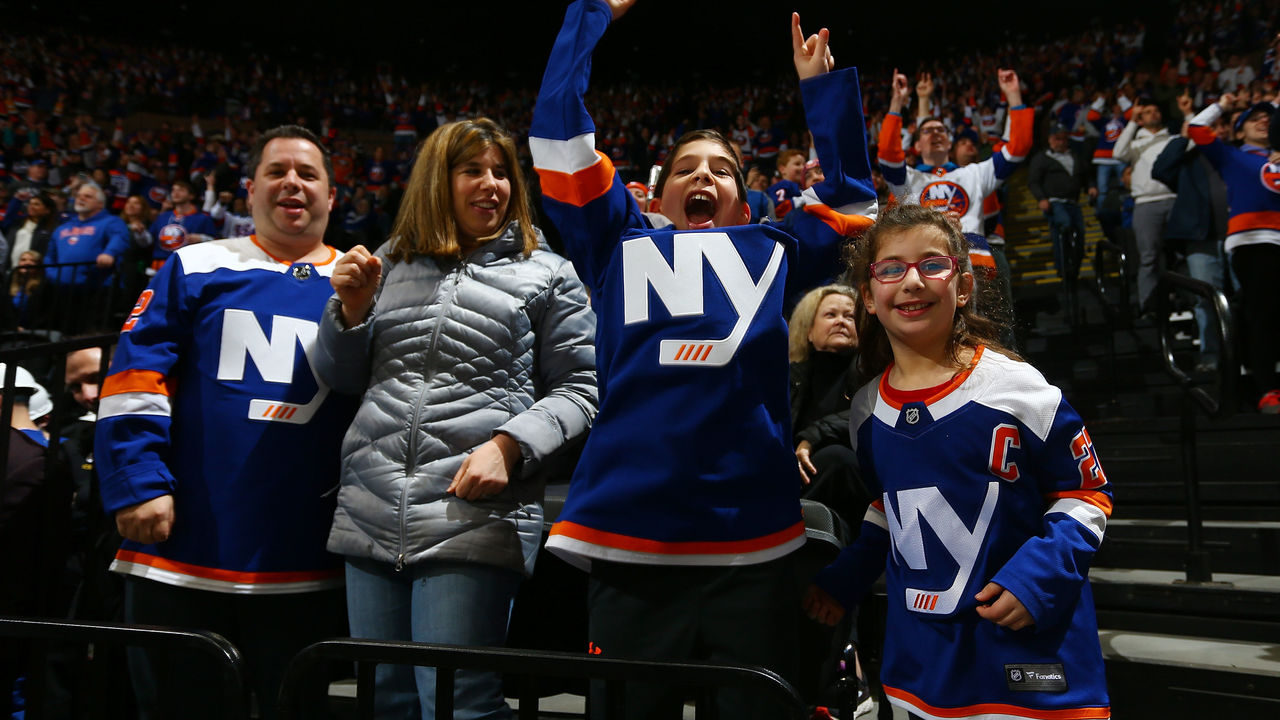
theScore: Lastly, would it be wise for the NHL - or any other sports league, for that matter - to welcome fans back into arenas before a vaccine is readily available?
Teng: As a sports fan myself, I'd love to go back to watching live-action games instead of reruns of the 2015 Stanley Cup Playoffs, but as a public health person, you just can't. There's no way to socially distance in an arena. If you have to go to the bathroom, you can't stand 6 feet away from the guy in front of you. It just doesn't happen that way. It's going to be a big problem.
Until we get a vaccine, until people start getting vaccinated and we get a certain amount of herd immunity, I think it's going to be a problem. These are the places it's going to spread. We have all of these protests right now in all of our major cities in the United States. These have got to be spreading the coronavirus. Some people are wearing masks, some people are not. You're standing there and you're shouting and you're yelling and you're talking to people. I think we're going to see a spike in coronavirus cases after this is over.
Snoeyenbos Newman: It's entirely possible that the vaccine development will take 10 years. We don't know how long it will take for this vaccine to develop. We really don't. I think that we have ambitious goals for it, but it could take years. If we're talking about years, we're looking at a different way of analyzing and evaluating and responding to risk. So that's something where we're just going to have to see how it goes and see how it looks. There is some promising early vaccine data, but it's very early data.
Our risk tolerance for vaccines - because vaccines are something we give to healthy people - is appropriately incredibly low. … (Vaccines) take a long time to develop because they take a long time to test. We would hate to give out a vaccine that didn't do what we expected it to do. There are few examples of vaccine development that have caused harm, but it's not zero. So we want to be incredibly cautious.
Binney: Absolutely not. No, no, no, no, no. I can't say no enough times. Every decision we make about going out and doing things comes with a risk and a benefit. So when I go to the grocery store, I am taking on a risk. But the benefit of that is substantial. I get to pick up food. There, the benefit outweighs the risk, which is why we never shut down grocery stores at all.
When you talk about bringing professional sports back, I tend to be of the mind that there is a real social and psychological benefit to getting sports back on TV. It helps people see the light at the end of the tunnel. It can help some people with mental health and help them feel psychologically better. There are some modest economic benefits as well. If you do it with some combination of centralization and daily testing, I think it can be done without posing a large risk to public health. At least that's my hope.
So the benefits are there, and the risks are acceptable, so that's something with the right plan that we can talk about. When you add fans to the equation, you lose me because the only benefit is financial for teams and leagues. The risk is enormous in getting thousands of people together, especially indoors for hockey and basketball. That is insanity. The risk-benefit analysis is completely out of whack.
John Matisz is theScore's national hockey writer.
HEADLINES
- Penguins star Malkin missing 3 Stanley Cup rings after home burglary
- Merilainen picks up 2nd shutout in 3 games in win vs. Islanders
- Top Shelf: East playoff battles, mock Nelson trades, draft top 5, and more
- Sullivan: Penguins weren't willing to play defense in loss vs. Kraken
- Stankoven powers Stars past Maple Leafs